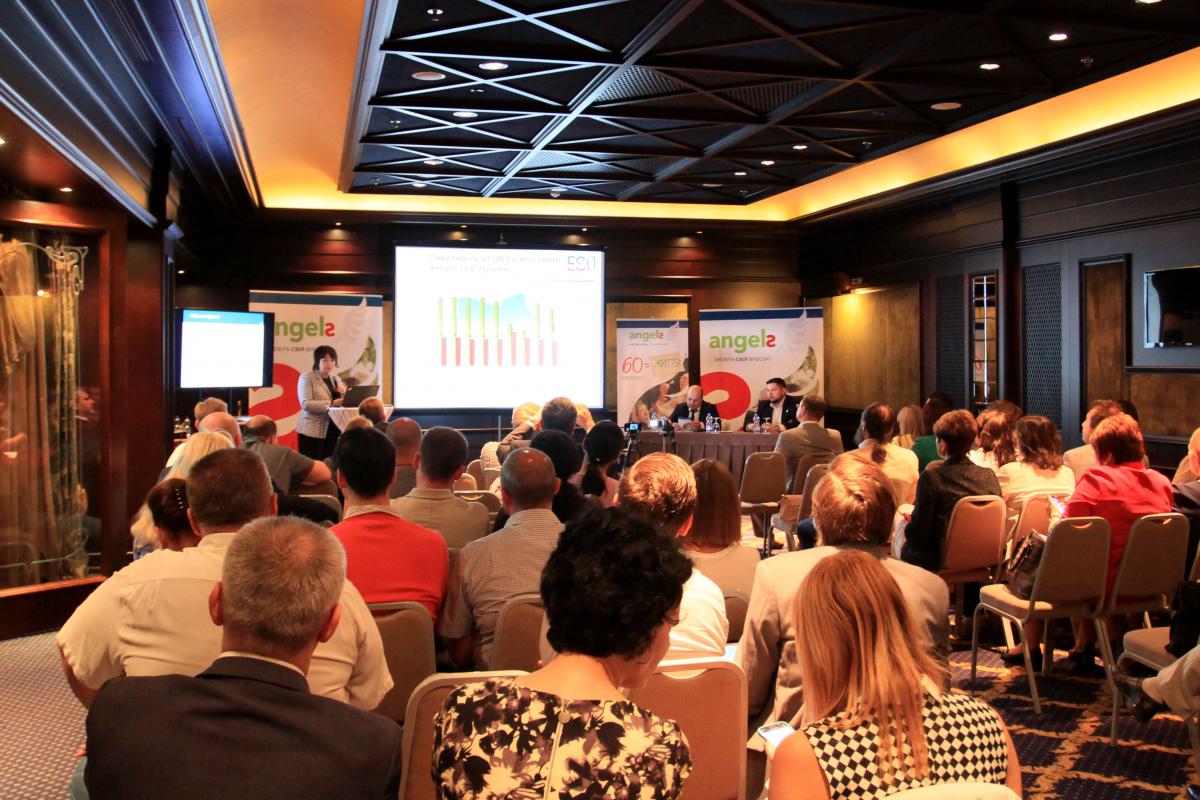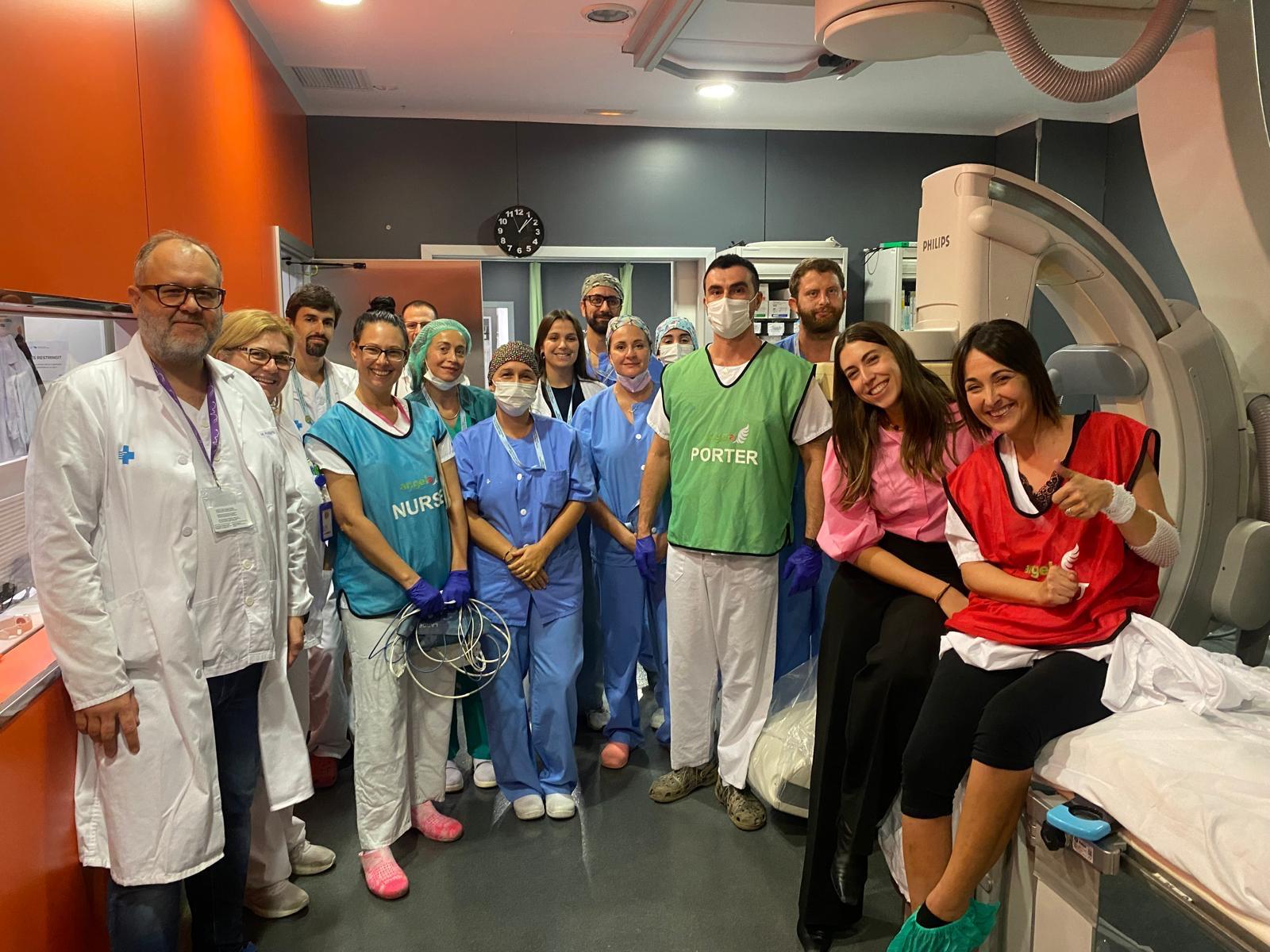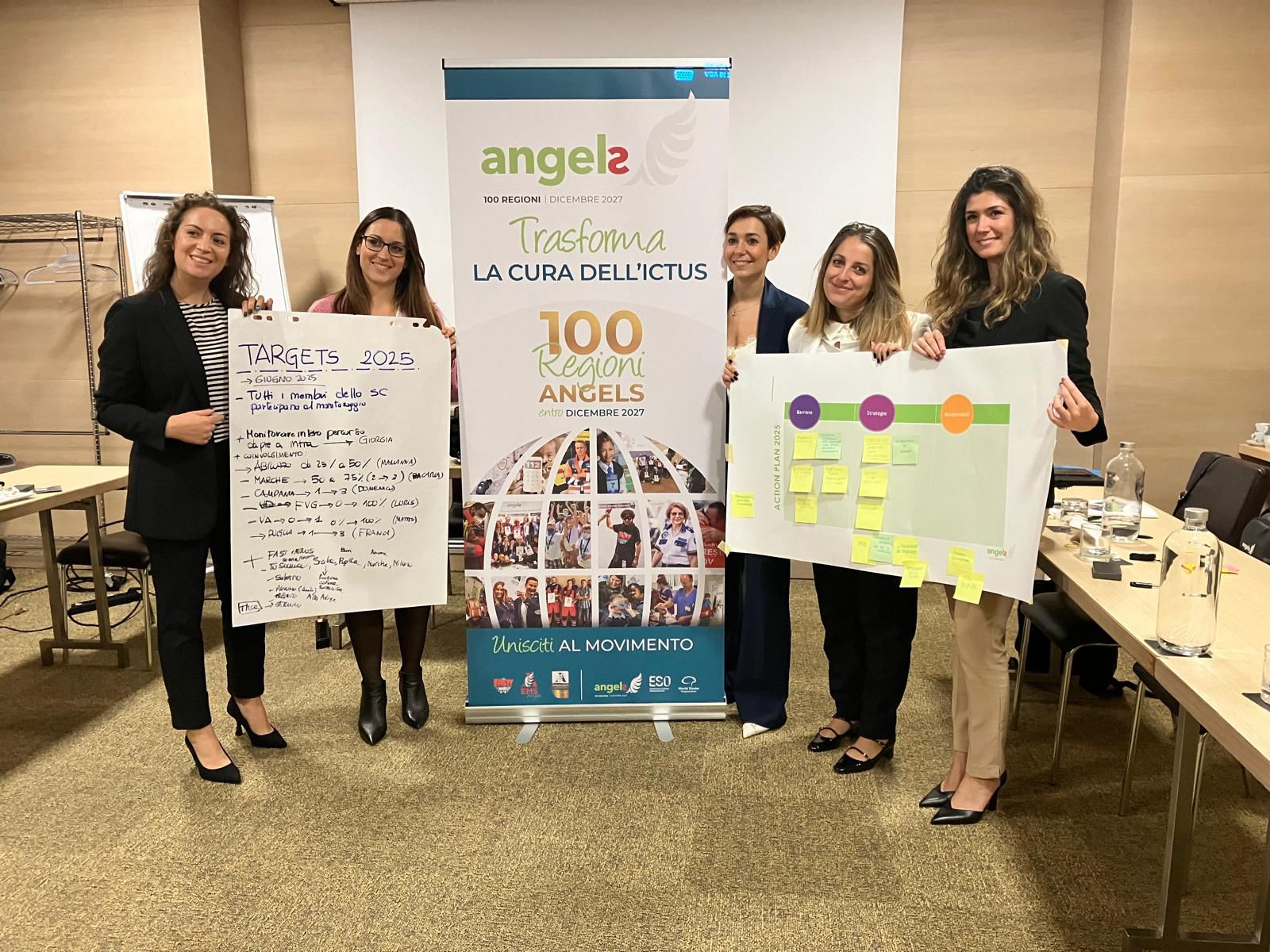Professional sports teams are obviously at the top of their games, but strangely they still train for 5 days to play one game on the weekend. Gary Player (World Famous Golfer) once said the more he practices the luckier he gets. Can we learn from this and train more so that we are at our best when a patient needs us the most?

I recently had the privilege of attending a training session of my favourite sport hosted by the national coach and what I realised is that they don’t only train more, they also train differently. They spend hours on breaking down a movement or an activity into its basic elements and then find creative ways to train each element as a building block before bringing it all together as the final move.
This made me think about how we approach training within the Angels Initiative. Since then we have set ourselves the objective of never again doing any training session that is PowerPoint® based only. We have to train more, but we also have to be more specific and creative in breaking down complex topics into its building blocks and then simulate doing them until they become second nature.
As a result, in our educational workshops we aim to achieve the following:
- Break down and explain the detail behind complex concepts but make the ultimate message simple, understandable and with memorable elements.
- Give the audience something in their hands that they can refer to that contains these elements above for future reference.
- Practice implementing these elements in a practical session.
- Reflect and debate challenges and misunderstandings that may originally arise from the first practical implementation of the elements.
- Repeat the practical implementation to cement the learning.
As practical examples of how this is done we will look at how we approach workshops to optimise the hyper acute pathway as well as the decision making process at the end of that pathway.

Simulations centre simulations
In recent workshops we realised that especially for hospitals that have just started a stroke service, just focussing on reducing treatment delays are not helpful. These hospitals often require much more indepth training on performing the initial assessment of patients, on interpreting the CT image and on what to keep in mind in the decision making process.
Together with Dr Robert Mikulik and Dr Paula Santalucia we are currently working on a standardised simulation curriculum that can be used in simulation centres across Europe. We will use these type of simulation trainings to help hospitals that have just started a stroke service or stroke teams that want to improve the assessment and management of their patients using a simplified decision making process. It’s very rewarding to see how drastically attendees improve their confidence and skill from the first simulation on a simulation course to the 4th or the 5th simulation on that day.

Virtual simulation using Body Interact
A key aspect of stroke treatment that is addressed in the simulation centre and should be reinforced afterwards is the decision making process. To do this we provide hospitals with access to the Body Interact simulation software through our website. We currently have 10 different case scenarios where stroke teams and clinicians can challenge themselves and hone their skill at patient evaluation and decision making in a safe virtual environment. Hospitals that have used this simulation software have found it very engaging and quite challenging at times but brilliant at building confidence in treating stroke.
CT Image interpretation training
In a recent panel discussion about decision making in stroke one of the experts commented that 10 years ago it was considered an art form to try and see all the different ischaemic signs on a CT Image. These days all they look for is to exclude signs of bleeding or other complications like tumours for example and to exclude severe damage indicated by more than a third of the MCA region being affected. Only looking for bleeding and severe stroke progression is certainly a way to break down a complex concept but what is still needed is to provide stroke teams with tools to practice this method in a safe environment to build confidence. To do this we are currently working with experts to provide access to a library of CT images on our website that can be used to improve image interpretation and compare treatment choices with that of other experts.
Dummy patient simulations
Stroke treatment optimisation is not just about managing patients and making better treatment choices it’s also about improving the speed at which patients are treated. For this we have seen that it is perhaps best to do a simulation in the stroke teams own environment.
A dummy patient is chosen and the team proceeds by treating the patient as they would normally for any stroke patient in real life. The treatment delays are recorded using a stopwatch and the whole process is recorded using a GoPro camera. John Dewey once said that experience plus reflection equals learning so in a feedback session the team reviews the GoPro footage and compares this to best practice examples with the aim of identifying improvement points. With suggested changes agreed the team then do a second simulation, this time implementing the changes that they agreed to try implement in the future.
Doing this type of simulation we have almost without exception been able to reduce the door-to-therapy times by around 50%.
Using the training formula of simplification, training, simulation, reflection and a second simulation has seen massive improvements in the implementation of better stroke care quality in the hospitals we are working in.
By combining different types of simulation or rather experiential learning methods we can make sure that the training sticks, that confidence increases and that patients are treated with the right therapies in the right time.



